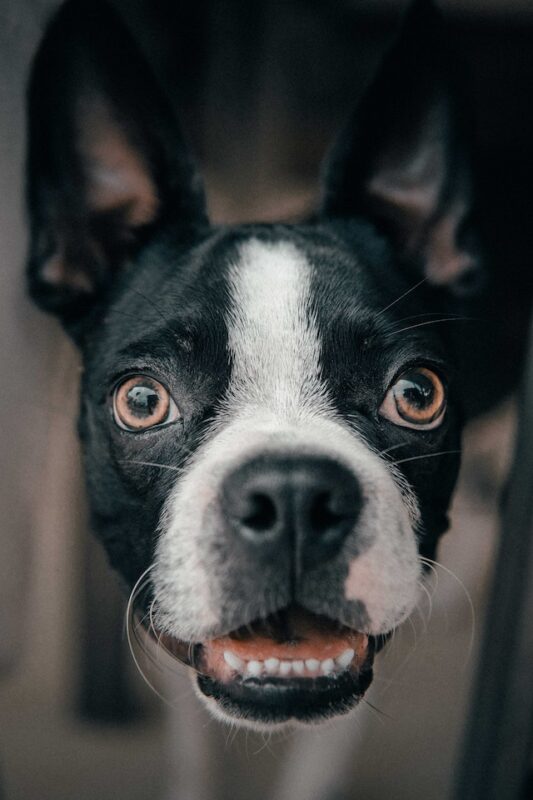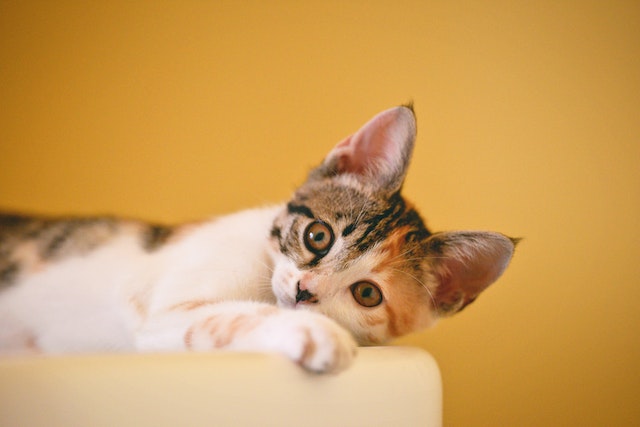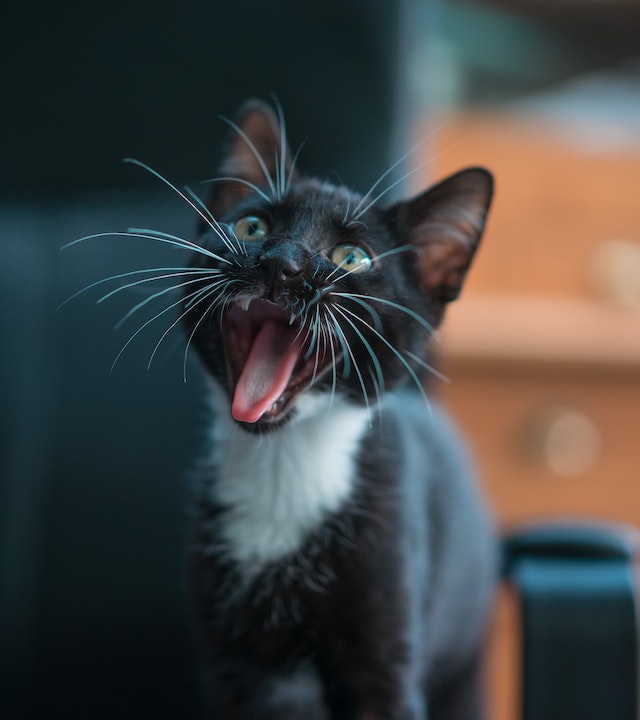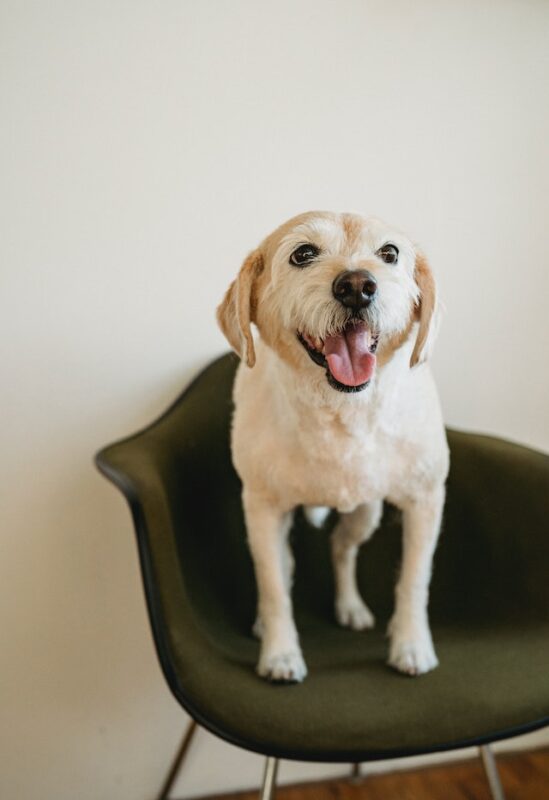Pet Wellness Guides > Tricks and Tips for Pilling Your Pet
Tricks and Tips for Pilling Your Pet
Posted: 04/18/2023 | BY: Erin Cain | Categories: Uncategorized
It’s a moment that every pet parent faces at some point or another in their dog or cat’s life: administering medication. Pilling a pet is one of the trickiest scenarios that you can find yourself in, and it can be quite frustrating, especially when the medicine is expensive to replace. How often have you found yourself wrangling an unhappy cat or a reluctant pup to get them to take a pill or capsule? How many times have you buried the pill in a treat or bowl of food, only to see your pet eat carefully around it? While giving your pet a pill can be a daunting task, we’ve got some tricks and tips for pilling your pet to avoid any angry meows or growls.

Tips and tricks for dogs
Combine high-level rewards with pup parenting skills
Even if your dog is food-oriented, you may find that he can smell the pill you hide in his food bowl and successfully avoid eating it. That’s where you need to be a bit more creative and quick with your delivery of the pill.
The following suggestions all involve special, high-reward types of food or treats. Your dog is far more likely to think before he eats when his pill is in his regular kibble or wet food. However, using a new or rarely fed treat or food can change the game entirely. In that case, your dog is more likely to eat first and think later. Try these high-level food rewards with the pill.
- Peanut butter: This standard go-to treat rarely fails. Coat the pill in a spoonful of peanut butter as the strong aroma of this treat will mask the scent of medicine. The gooey goodness of peanut butter also sticks to the pill, making it hard to eat the peanut butter without it. Be sure that you are using only regular peanut butter, as some brands contain xylitol, a sugar substitute that is toxic to canines.
- Low-fat deli meat like turkey or chicken is ideal to use as a wrap for a capsule or pill. Often, dogs are so excited about eating meat that they wolf it down without even chewing it, so it makes a perfect place to hide a pill. If your dog still avoids the pill with these meats, give liverwurst a try as its sharp smell will appeal to your dog and conceal the medicine within.
- American cheese, cream cheese, or cheese whiz also make for excellent edible ways to hide your pup’s medication. Only give the amount needed to cover the pill to avoid causing your dog stomach upset.
- Change it up by hiding the capsule in food options that you don’t regularly give to your dog, such as hot dogs, meatballs, or bread. Keep it interesting, and your dog won’t think twice about what he’s eating.
- Pill pockets and pouches are ideal options, especially for pups who are watching their weight. A variety of flavors are available for even the most discerning pup.
You can deliver these treats to your dog in many ways to keep them from figuring out what’s going on. Consider playing hide-and-seek with your dog using his favorite treats while concealing the pill inside one of them. Additionally, you may want to toss a few treats in the air for your dog to catch and swallow, with the pill hidden in the third or fourth treat.

Rolling up the sleeves
What if you own one of those overly clever dogs who isn’t swayed by tasty treats or special foods? Then you want to follow some straightforward steps to getting that pill in your pup’s mouth as smoothly and swiftly as possible. Take this approach only if your dog is comfortable having his face and mouth touched:
Physically open your dog’s mouth
- Wait until your dog is calm.
- Place your thumb and forefinger of one hand on either side of your dog’s mouth.
- Using the thumb and index finger of your other hand, gently open your pup’s mouth.
- Place the pill at the back of the mouth.
- Close your dog’s mouth and hold it for three seconds while pointing his nose toward the ceiling.
Alternatively, if you feel uncomfortable placing the pill in your pup’s mouth, you can use a pill dispenser instead. Some of these dispensers are only appropriate for small or large pills, so be sure you have one that fits the size of your dog’s medication.
Tips and tricks for cats
Cats are notorious for getting a bad rap when it comes to medication, and to be fair, they seem less trusting and more selective than their canine cousins in this area. However, you can take some similar approaches to pill a cat as you would a dog:
Appeal to your cat’s taste buds
While your cat might not gobble food down like a dog, you can still appeal to her culinary tastes to pill her. Here are some food-oriented methods to give your feline a pill with as little stress as possible:
Mix it up
Take some of your cat’s favorite wet food and split the capsule open or crush the pill in it. Choose a high-value wet food, preferably pate, that has a strong aroma to it; fish is often a good choice here. Check with your veterinarian first to make sure the medication can be ground or opened up before you put it into your cat’s food.

Pocket that pill
Try hiding the pill inside a soft treat that’s a favorite for your finicky feline. Alternately, you place the tablet in some plain yogurt, ice cream, or a bit of cream cheese. If treats don’t work, options like pill pouches or pockets may be more appealing to a cat.
The calm cat pilling method
If your cat doesn’t take the bait when you hide her pill in her food, you may have to take matters into your own hands. Here’s the step-by-step process for pilling a cat:
- Stay calm and speak gently; avoid stressing out your cat, as cats are sensitive to their owner’s emotions and will react accordingly. Your cat may play at being aloof, but she’s quite the opposite.
- Pick up your cat and bring her into a quiet or closed off room in your home.
- Place yourself behind your cat to prevent her from backing up and running off.
- Wrap or swaddle your cat in a soft blanket or towel; make sure her head isn’t covered.
- Take your thumb and middle finger to carefully and gently open your cat’s mouth.
- Put the pill on your cat’s tongue and close her mouth.
- Stroke your cat’s chin and neck to encourage her to swallow the pill.
- Wait to see your cat lick her lips; that’s a sign that she has swallowed the medication.
- Give your cat access to water as that will help the pill dissolve.
Pill poppers can also be used with cats if you are hesitant to pill your cat yourself. If you continue to struggle with giving your cat medication, ask your veterinarian for help.

BONUS TIP FOR DOGS AND CATS: Get The Medication Compounded
If you’ve tried all of these tips to no avail, your fur baby still isn’t having it, then we recommend speaking to your vet about getting the medication compounded. There are specialty compounding pharmacies that can take medications and turn them into another form. And make it taste better! So instead of forcing your cat to deal with that bitter pill to swallow, a compounding pharmacy can turn that prescription into a liquid that tastes like tuna. The meds can be stirred into food or carefully squirted into the mouth.
Some meds can also be turned into transdermal applications. We had a cat who, after years of no problems, suddenly refused to take his thyroid medication. We had the script turned into a cream that we simply rubbed on the inside of his ear. Easy peasy!
Compounding medications do cost a bit more, but the price is totally worth it when you consider that neither you or your fur baby will have to feel stressed every day. Speak to your vet to see if compounding your particular medication would be possible.
Believe in your pet parent skills
Don’t despair if pilling your cat or dog has not been successful in the past. Give some of these suggestions a try, keep your approaches new and fresh, and above all, be calm. It can be tough to give your pet medication, but at some point, you may need to for their health and well-being. Stay positive and patient, and your pet is more likely to trust you during the pilling process.
References
1. NC State College of Veterinary Medicine. (2015). Xylitol Toxicity in Dogs: The Peanut Butter Danger. Retrieved from https://cvm.ncsu.edu/xylitol/
2. Kuras, A. (2015). Hide-and-Seek: The Best Dog Play Activity Ever? Retrieved from https://www.care.com/c/stories/6240/hide-and-seek-the-best-dog-play-activity-eve/
3. Dodgson, L. (2019). Your anxiety could be making your cat stressed. Retrieved from https://www.insider.com/your-anxiety-could-make-your-cat-stressed-2019-2
Disclaimer
The information contained on this blog is intended for informational and educational purposes only and should not be construed as medical advice. It is not a substitute for professional veterinary care. Always consult with your veterinarian before making any changes to your pet's health care or treatment plan.
The authors of this blog are not veterinarians and do not claim to be experts in pet health. The information provided here is based on our own experiences and research, as well as information from reputable sources. However, we cannot guarantee the accuracy or completeness of this information.
We encourage you to do your own research and consult with your veterinarian before making any decisions about your pet's health.